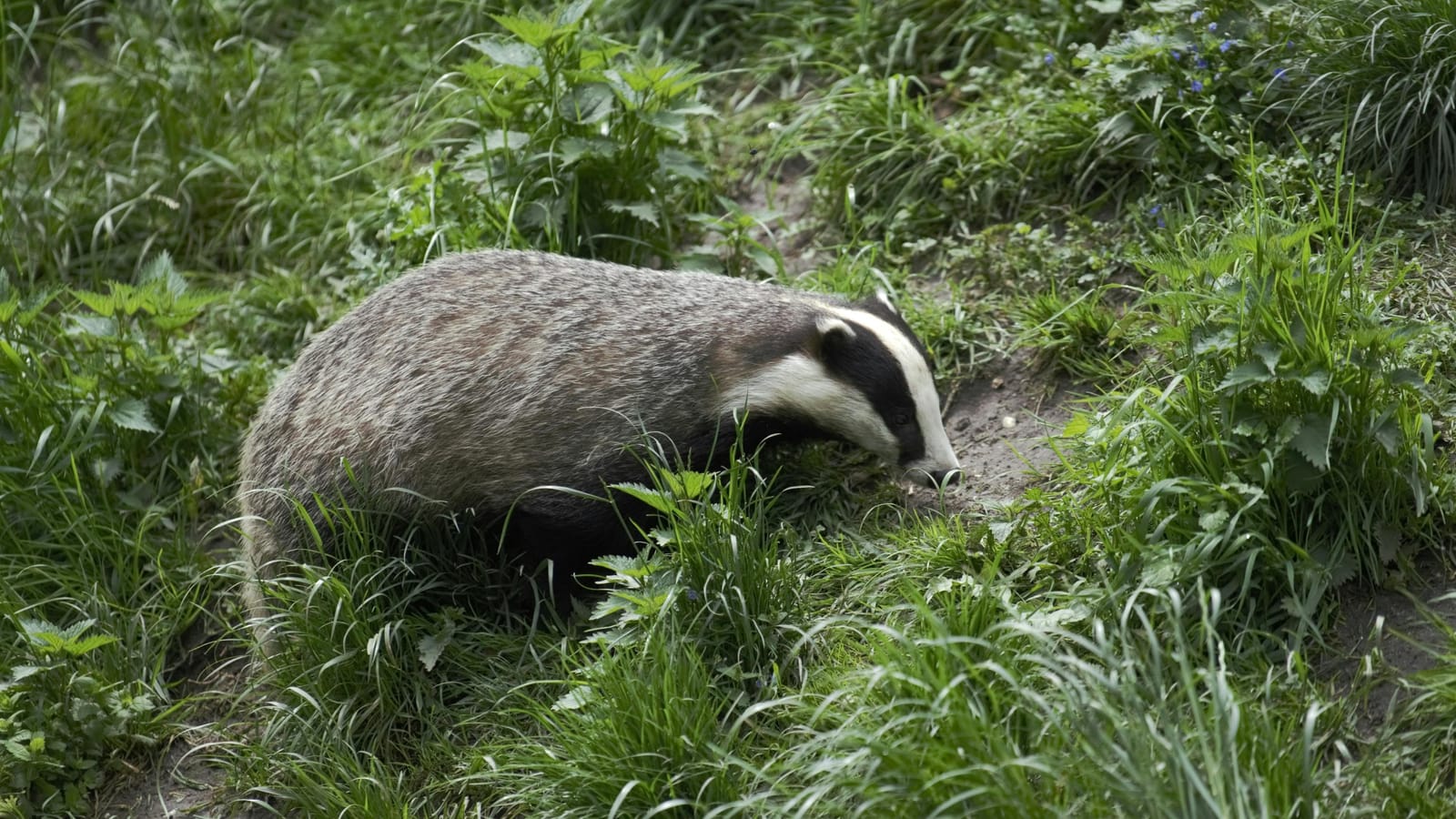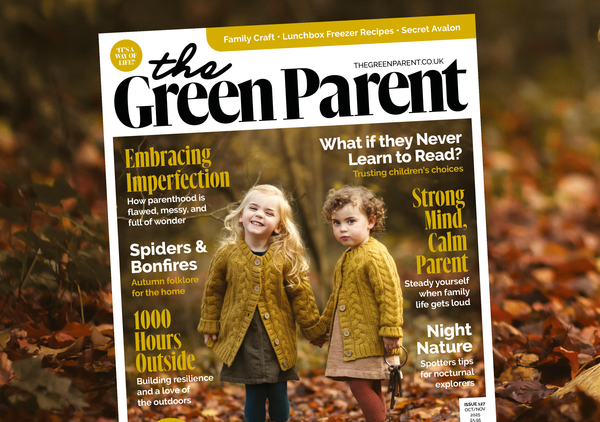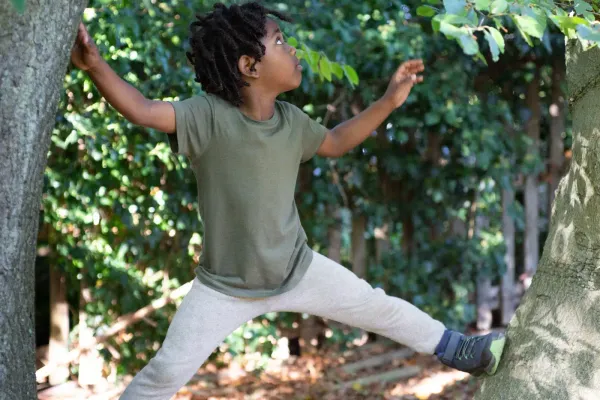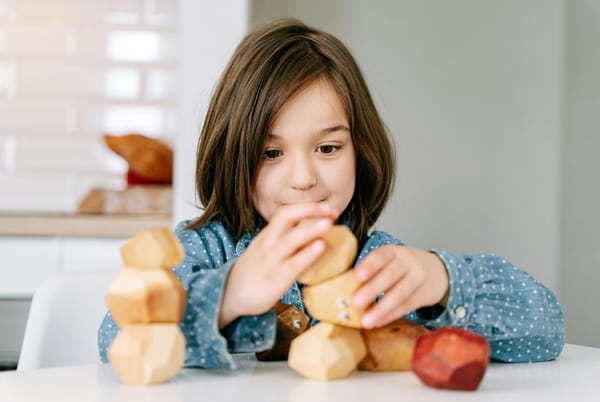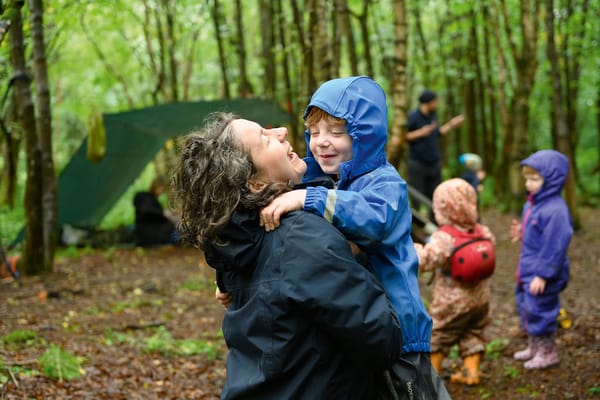A small, gloved hand finds mine as we walk up the steep steps from our back garden, out onto the shared back lane. The sun might be low in the sky and part of me might be yearning to be back in front of the fire warming my soonto-be-sodden toes.
But those thoughts are soon extinguished when I look down at my daughter. She is already in tracking mode, her head so much closer to the ground than mine, her eyesight not yet battered by a lifetime of reading. She makes a much better tracker at eight than I ever could.
We’ve started a very rewarding little habit of taking nature walks. I’ve two children; my son is eleven and my daughter, eight. For almost a decade I’ve been pointing out some of the little things that have interested me as we walk. A passing beetle, a spider’s web, a plant with teeth marks on it, or one that we can eat.
When they were very young I’d just put the occasional nontoxic plant in their hands, give them herbs to smell or let a woodlouse crawl across their tiny fists. Although once I did have to rescue a woodlouse as my son clenched his fist firmly shut around it, in order to “look after” it. Luckily these things all thrive all over the place; even along city streets, as long as they are not sprayed!
Thanks to school, our ever increasing library of books and TV shows their interest, once ignited, can be nurtured even when we are not together. They often tell me new things that I’ve yet to learn. “Worms have five hearts,” I was informed at bedtime last night. The most important thing about nature walks is that my kids are never forced to go on them, that way they are always a treat!
Badger's Love Letter
We are lucky as we have at least two badger sets close to our garden. We often see their distinctive five-toed, clawed footprints left in the soft muddy remains of puddles. We even see them in the winter months as they don’t hibernate, but they do slow down during these colder days. Badger parents are busy underground looking after their new cubs (born between December and April, most litters are around two to three cubs) and there isn’t much activity to spot.
In mid March, the badgers will be becoming more active. They’ll be getting friendly with those from neighbouring sets.
If you want to see if there are badgers in your area, first look out for the paths that they leave and follow them.


